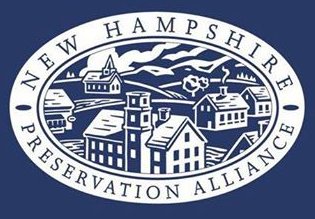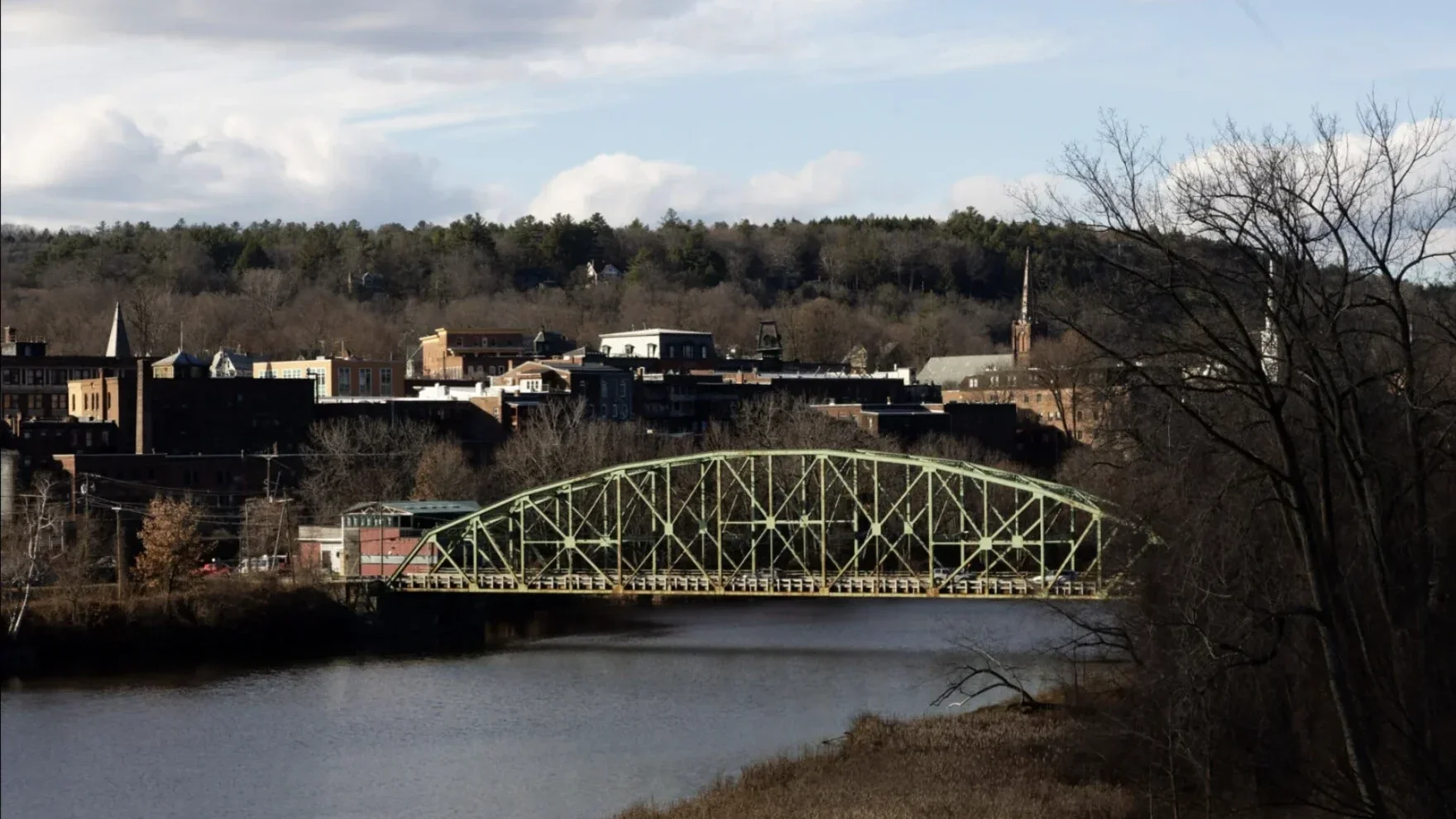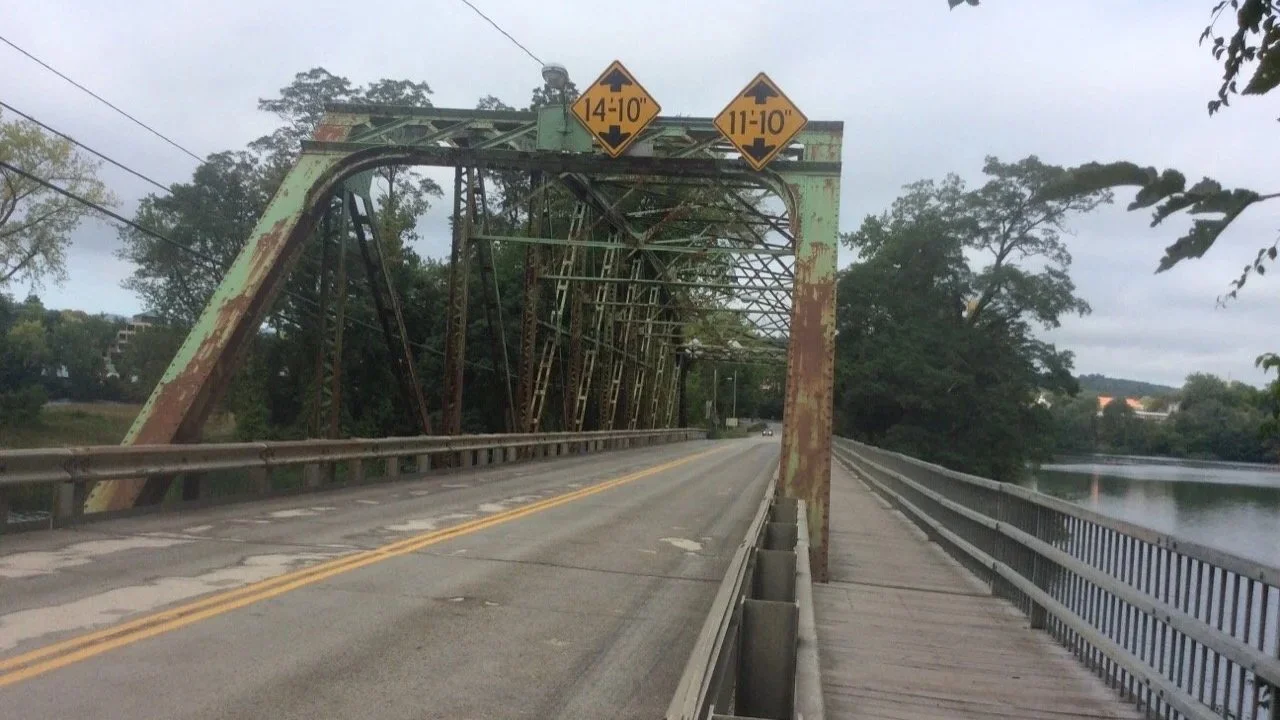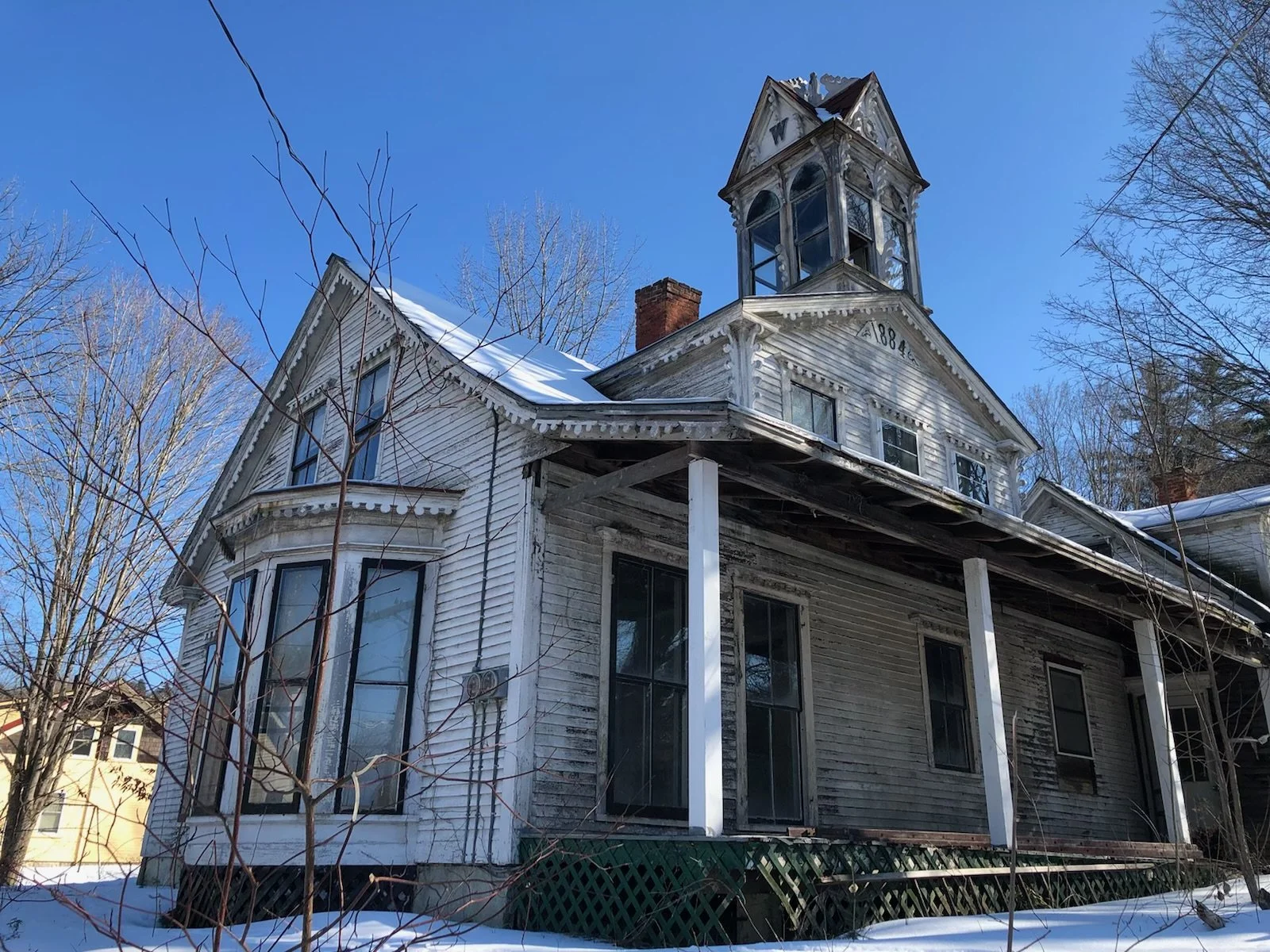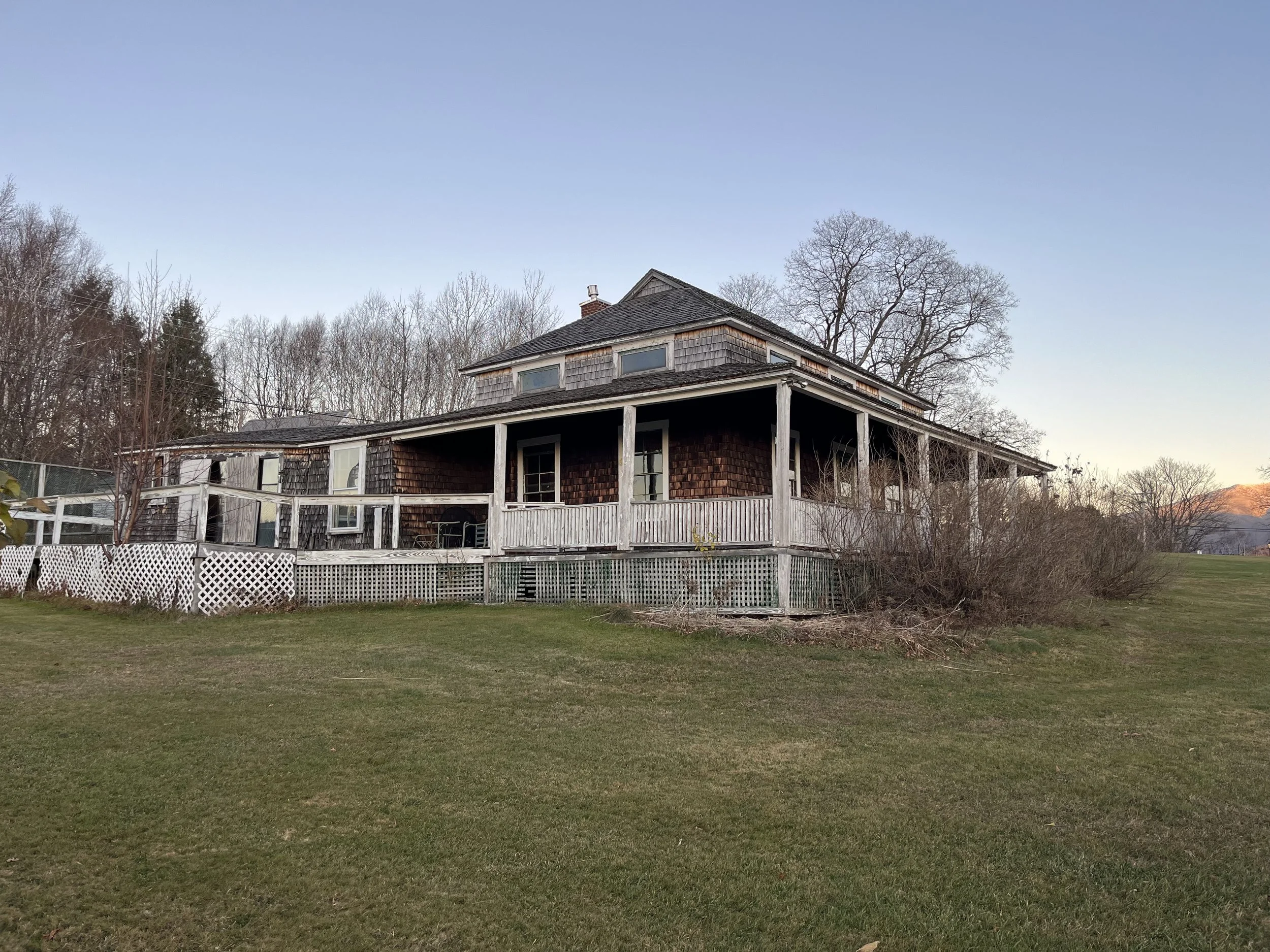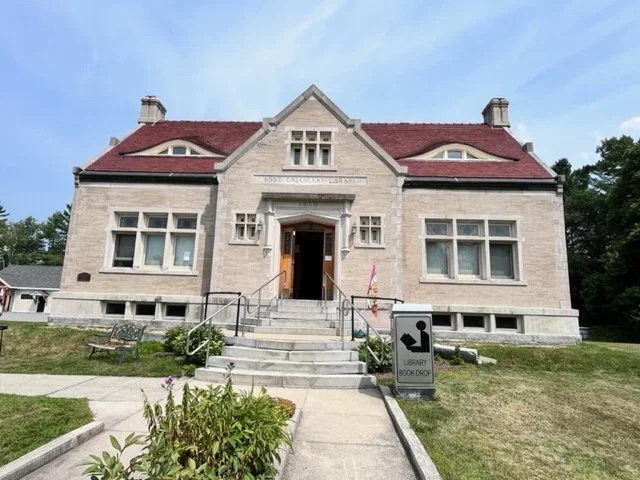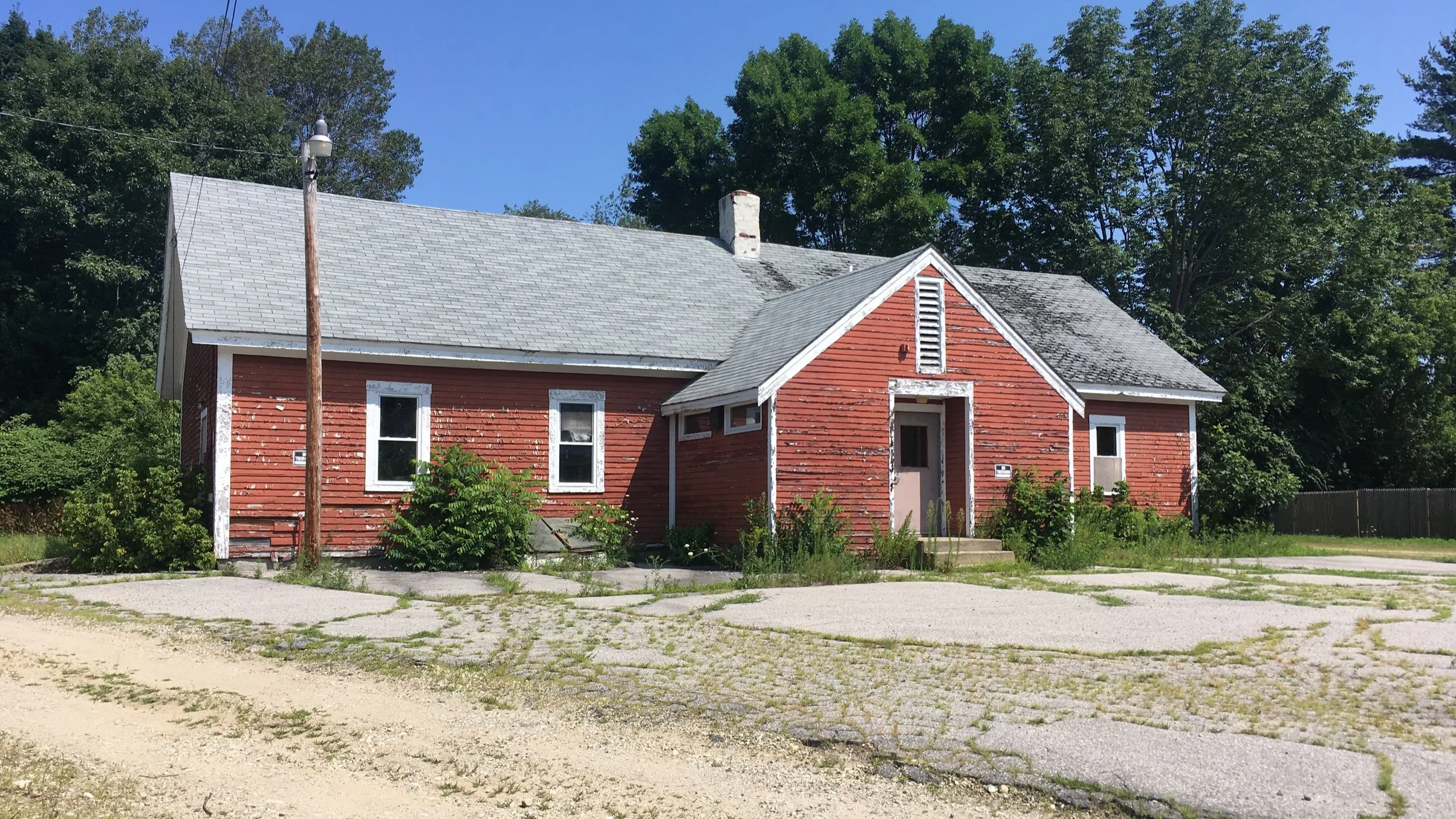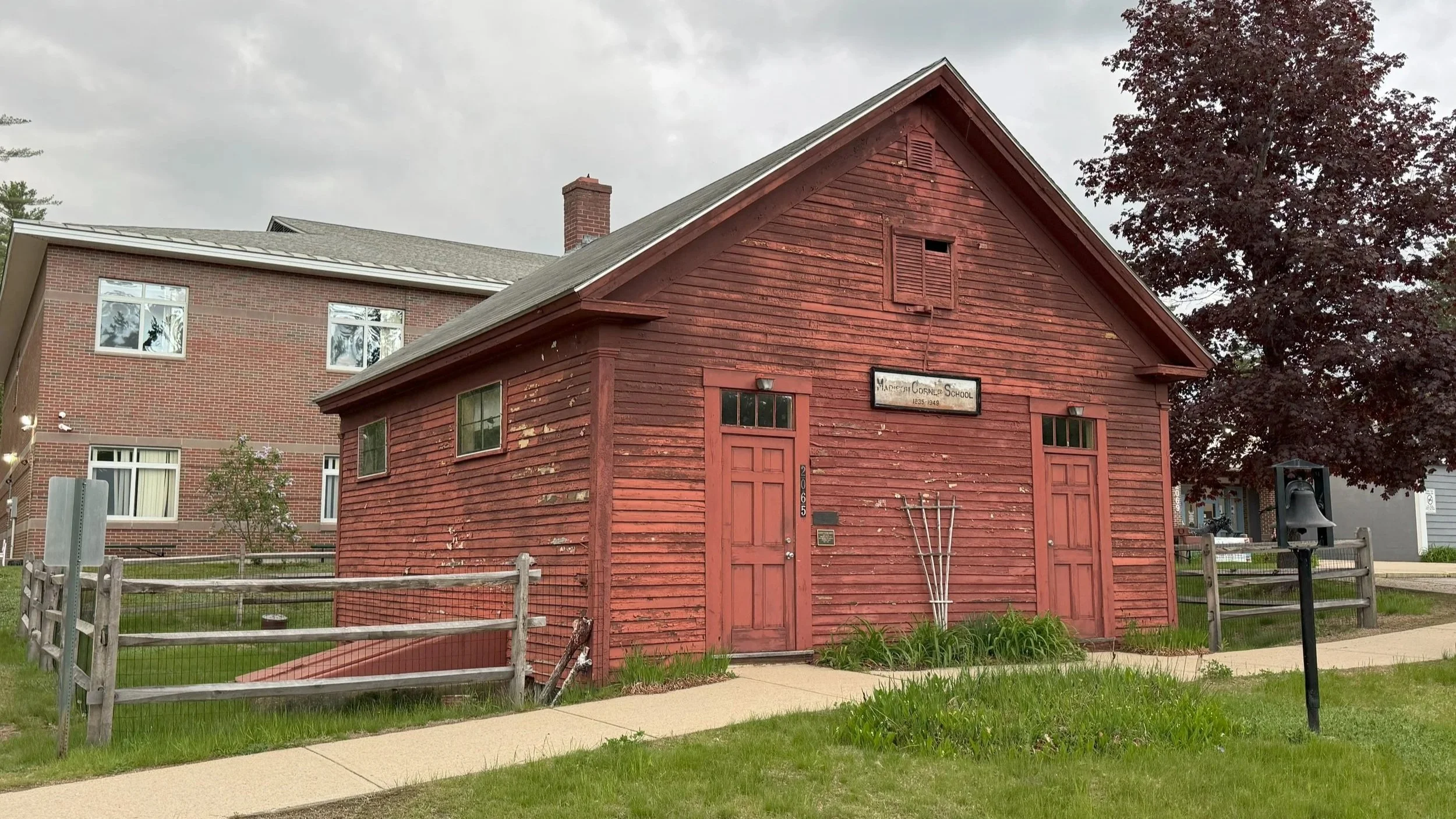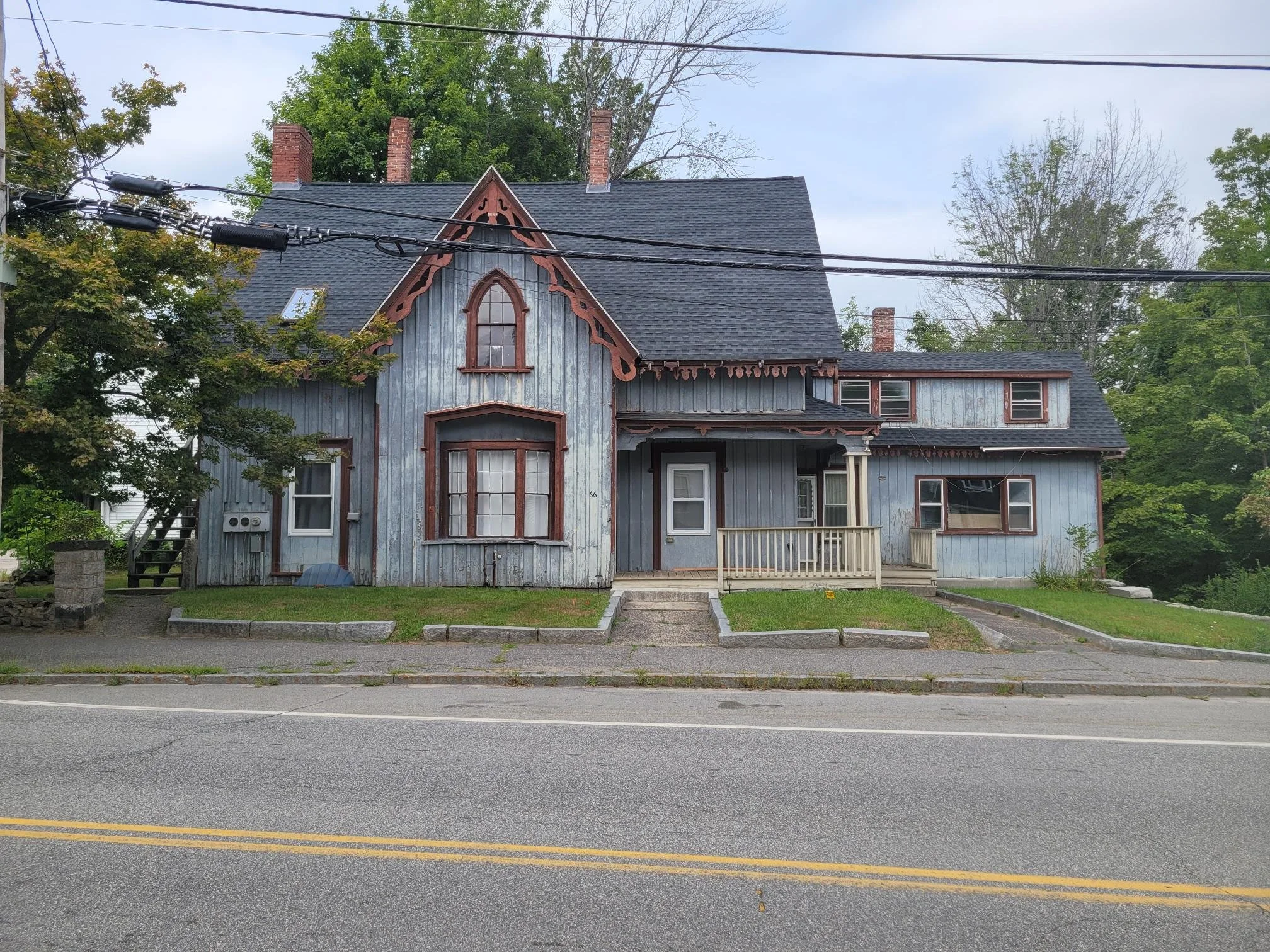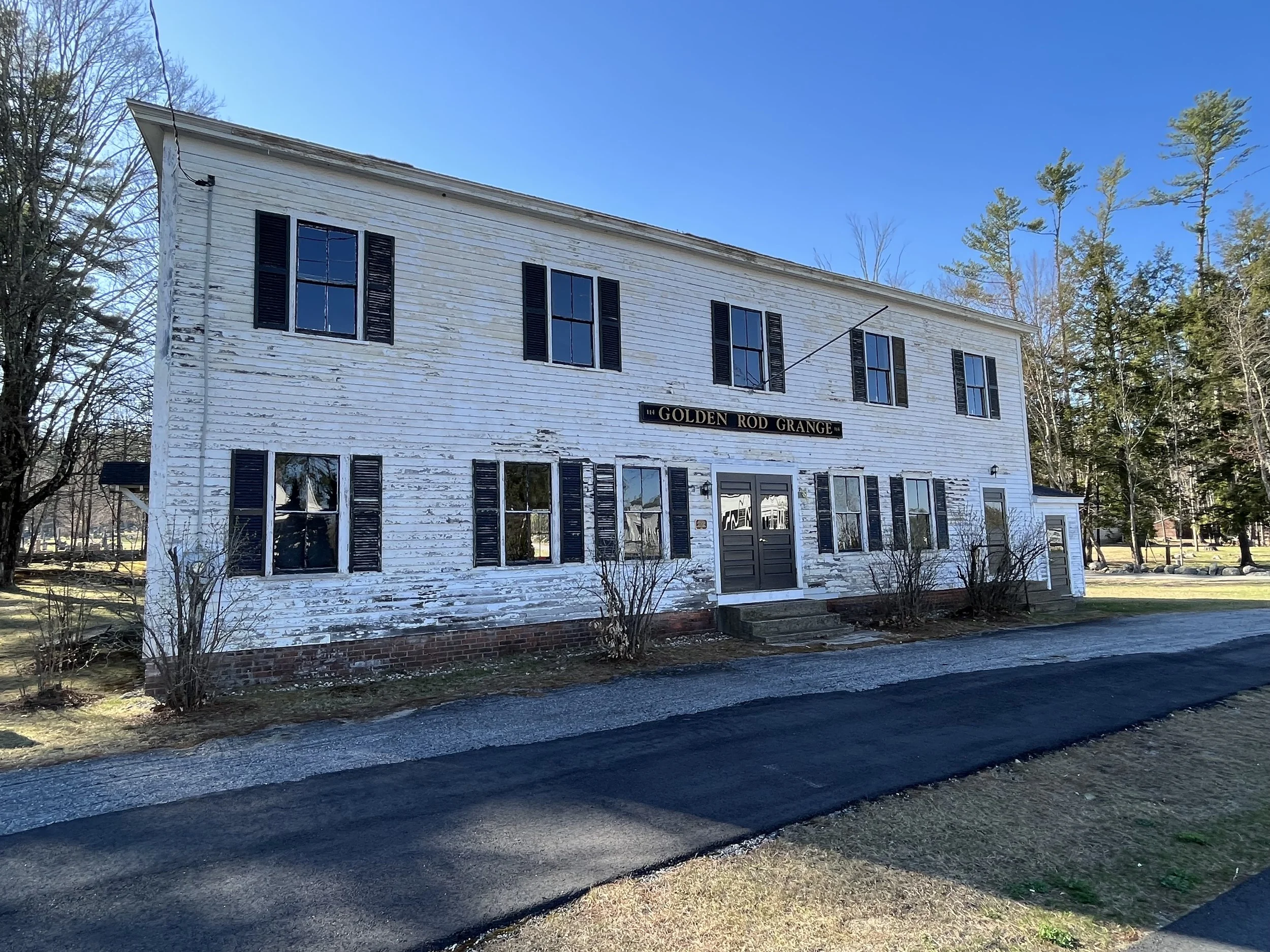2025 Seven to Save Listees
The New Hampshire Preservation Alliance’s 2025 Seven to Save list was announced in Exeter on Thursday, October 2 as part of our biennial Preservation Conference. The listees include both threats of demolition and opportunities for community and economic development.
Several buildings on this year’s list are vacant, and advocates are eager to bring new investment and vitality to them. The iconic structures range from two historic schools and two metal truss bridges to an early public golf clubhouse and beloved library.
The Preservation Alliance also had more nominations for signature houses of small town village centers than ever before and listed two. Vacant and deteriorating, they represent opportunities to house families and small businesses and lift up the identity and economy of these towns.
The significance of some of these places isn’t obvious to many people, even residents of the towns and cities where these properties stand. “We look for opportunities to share the stories, attract creative ideas and investors, and ultimately help save and revive these places,” said Martha Cummings, community preservation services manager for the Preservation Alliance. Historic preservation activity supports well-paying jobs, attracts residents, visitors and businesses, and catalyzes community and economic activity.
Learn more about this year’s Seven to Save listees below:
Anna Hunt Marsh and Charles Dana Metal Truss Bridges, Hinsdale
Spanning the Connecticut River between Hinsdale and Brattleboro, these two Parker high truss bridges are rare survivors designed by noted engineer John Storrs. Built in 1920 and 1926, they are among only four of their type left in New Hampshire. Although now closed to traffic, advocates hope to help find funding so the structures can remain part of a planned new greenway, preserving their engineering legacy while boosting recreation and local development.
Ware Family House, Alstead
Built in the early 1880s by Harlan Ware, this whimsical cape features scalloped trim, a distinctive cupola, and details inspired by Andrew Jackson Downing’s “suburban cottage” designs. Long cared for by the Ware and Pitcher families, it later fell into disrepair and was taken by the Town for back taxes. Restoration would save its rich architectural character and contribute positive investment to Alstead’s historic Mechanic Street neighborhood.
Sunset Hill Golf Course Clubhouse, Sugar Hill
Part of one of the oldest public nine-hole golf courses in New Hampshire, this 1900 clubhouse once welcomed guests of the grand Sunset Hill House. Inside, historic beadboard, lockers, and wood floors survive, but decades of deferred maintenance have left the building near collapse. Community members aim to restore it for public use, ensuring the course remains a cherished Sugar Hill landmark.
Abbie Greenleaf Library, Franconia
This 1912 Jacobethan Revival library, a gift from hotelier Charles Greenleaf, features African mahogany trim, marble wainscoting, and stained-glass transoms. Still the heart of downtown Franconia, it now faces serious water infiltration, threatening both the structure and interiors. Urgently-needed repairs will protect this National Register–listed treasure for future generations.
Schoolhouses Pairing: Farmington & Madison
Farmington – School Street School
Built in 1859, the School Street School is the last schoolhouse still owned by the district in this once-busy shoe manufacturing town. Vacant since 1952, the building is deteriorating and faces possible demolition. Local volunteers are rallying to find a new use and preserve this rare surviving two-room schoolhouse.
Madison – Corner School
The 1835 Madison Corner School is the town’s only surviving schoolhouse still in public hands, which also served as a community meetinghouse. Vacant since 2009, it has suffered from deferred maintenance and water damage. In 2024, residents voted overwhelmingly to save it, and fundraising is underway to transform it into a cultural arts and community center.
Merrill C. Dodge House, Greenville
Built in 1850, this Carpenter Gothic cottage retains its original lancet windows, decorative vergeboard, and Main Street prominence. Years of neglect have left it unstable, but new owners are working to stabilize the house and reuse it for supportive housing and community space. Its preservation helps signal Greenville’s commitment to downtown revitalization.
Golden Rod Grange #114, Swanzey
Since 1916, the Golden Rod Grange has been at the center of community life with a stage, dining hall, and kitchen designed for gatherings. Although the building remains structurally intact, it has suffered decades of deferred maintenance. Local advocates hope to restore it as a senior and community center, once again fulfilling its role as a place that brings people together.
